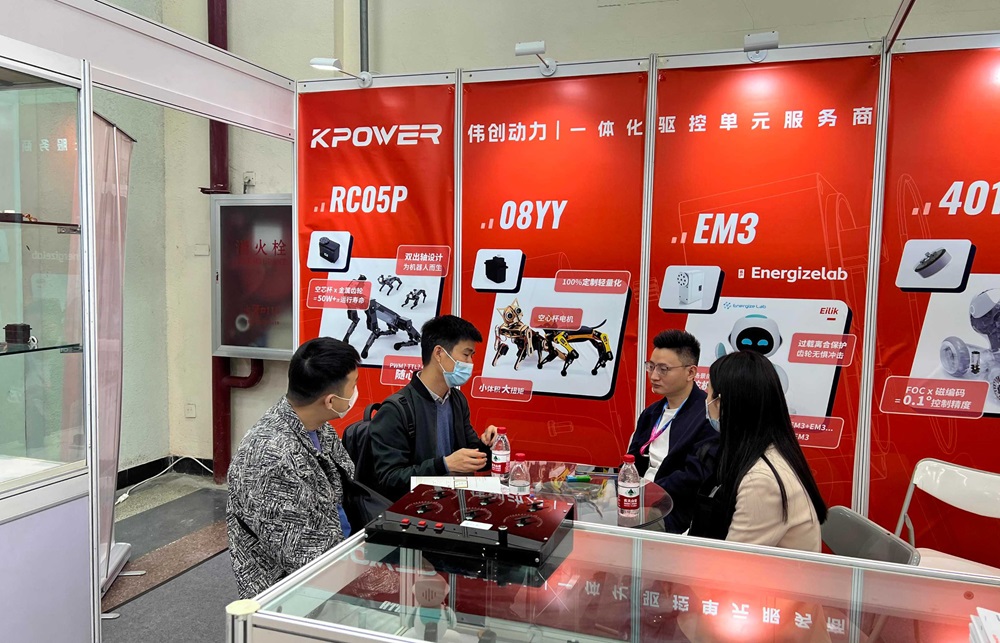part 1:
When looking at machines that drive our modern world, from automobiles to industrial robots, one component stands out as a silent hero— the gearbox motor. This unassuming device is at the heart of countless systems, orchestrating the delicate balance between torque, speed, and precision. At its core, the power of a gearbox motor isn’t just about raw energy; it’s a symphony of engineering mastery that determines how machines behave, how efficiently they operate, and how they adapt to various tasks.

Imagine a simple scenario: turning the key in a car’s ignition. The engine produces a vast amount of power, but without a gearbox, that power would be nearly impossible to harness effectively. The gearbox modulates this power, translating the raw torque generated by the motor into usable motion suited for different driving conditions. This concept illustrates a fundamental truth— the power of the motor, combined with the gear system, shapes the entire performance landscape.
Understanding Motor Power and Its Role
Motor power, often measured in horsepower (HP) or kilowatts (kW), indicates the motor's capacity to do work over time. The higher the power, the more energy the motor can deliver, which typically translates into higher torque and rotational force. However, the relationship between power and performance isn’t strictly linear—it must be finely tuned with the gearbox to achieve optimal results.
For example, a high-powered motor in an industrial conveyor needs to deliver immense torque at low speeds to move heavy loads reliably. Conversely, a hobbyist’s drone requires rapid, precise movements at relatively low power levels. Here, the gearbox takes center stage— adjusting the output to match the application's unique demands.
Why Motor Power Must Be Matched to the Application
Choosing the right motor power isn’t just a matter of grabbing the most powerful motor available. It's about understanding the specific needs of the application. Oversized motors may lead to unnecessary costs and inefficiencies, while undersized motors risk failure or performance shortfalls.
The key is achieving an ideal balance:
Performance Needs: Whether you require high torque for heavy lifting or high speed for fast operations, the motor’s power must align accordingly.
Efficiency Considerations: Excessively powerful motors operating under light load waste energy and generate unnecessary heat, reducing lifespan and increasing operational costs.
Control and Precision: Applications demanding finesse— like robotic arms or medical devices— depend heavily on how well the gearbox can modulate motor power for accurate, smooth operation.
The Interplay Between Gearbox and Motor Power
The gearbox doesn't just transfer power; it shapes it. It modifies the output torque and speed, creating a tailored performance profile that matches the application's requirements. Let’s consider the dynamics involved:
Torque multiplication: The gearbox increases torque based on its gear ratio, making it possible for a motor with moderate power to work effectively on tasks needing high force.
Speed reduction: Similarly, gearboxes can slow down the output rotation, ensuring precision control, especially critical in automation or manufacturing settings.
Efficiency optimization: A well-matched gearbox and motor combination reduces energy losses and ensures longevity. Mismatched pairings lead to increased wear, overheating, and ultimately, shorter equipment lifespan.
Advancements Shaping Gearbox Motor Power
Over the past decades, innovations in materials, design, and control systems have revolutionized gearbox motor capabilities. Variable frequency drives (VFDs), for example, allow precise tuning of motor speed and torque in real-time, unlocking efficiencies previously unattainable.
High-efficiency gearboxes utilize advanced materials such as composite composites or specialized metals, reducing weight and increasing durability. Smart sensors integrated into modern systems continually monitor performance, enabling predictive maintenance and reducing downtime.
The rise of electric vehicles (EVs) has been particularly transformative, where compact, high-power electric motors combined with innovative gearboxes deliver impressive acceleration, range, and reliability. Their success is a testament to how optimized motor power and gearbox design can redefine performance standards.
Design Considerations for Optimal Motor Power
Designing a gearbox motor system involves many critical considerations:
Load characteristics: Understanding the load’s weight, inertia, and duty cycle influences the choice of motor power and gearbox ratio.
Desired speed and torque: The application’s specific needs help determine the ideal gear ratio, balancing speed and force.
Thermal management: High-power motors generate significant heat, requiring effective cooling solutions to maintain efficiency and prevent failure.
Size and space constraints: Compact applications might need innovative gear design to maximize performance within limited space.
Conclusion of Part 1
The power behind a gearbox motor isn’t just about pushing machines to their limits; it’s about refining that power to serve precision, efficiency, and durability. The synergy between motor power and gearbox design creates a dynamic performance that powers industries, propels innovations, and shapes the future of mobility and manufacturing. In our next installment, we will delve into specific industry applications, emerging technologies, and how entrepreneurs and engineers can leverage advancements in gearbox motor power to stay ahead in a competitive landscape.
Established in 2005, Kpower has been dedicated to a professional compact motion unit manufacturer, headquartered in Dongguan, Guangdong Province, China.




































